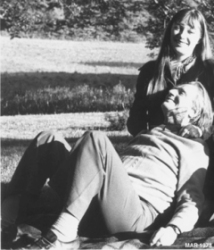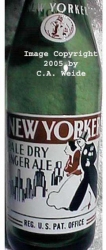
Gallé
World Famous for his innovative work in several areas of the decorative arts, including glass, furniture & ceramics, Emile Galle` (1846-1904) was born and died in the town of Nancy in Eastern France. In his teens, Galle` traveled widely and even fought in the war between France and Prussia. In London he was fascinated by the enameling techniques seen in the oriental collection of the Victoria & Albert Museum. It was here that he saw the original Portland cameo glass vase, which would have a great influence on his future artistic endeavors. He first learned the craft of ceramics by helping his father Charles run the family business, Galle`-Reinemer, a successful fine crystal and ceramics store. The ceramics were made in the nearby town of Saint Clement, producing fantasy Faience items during the period between 1864-1876. By this time Charles had retired, and the production of ceramics was transferred to Nancy. In 1885 Galle` had started his own ceramic production using local clays with the installation of a modernized kiln, and a new decorating shop. Galle’ had a three way deal between Burgun Schverer and Desire Christian who agreed to produced Galle`s first glass designs and sign them with Galle`s name in exchange for a ten year contract. This ten-year contract was not renewed when Galle` established his own glass studio in 1894. Galle` built his own manufacturing plant in Nancy and began creating his own designs from inception through production. Galle` personally created many of the designs, and he was known to actively make alterations and approve the designs of his talented team of designers and craftsmen he employed at the "Cristallerie D'Emile Galle`." Galle` died in 1904 from leukemia at the young age of 58. His widow continued to make Galle` glass designs in the factory until World War I in 1914. Pieces made from 1904 - 1914 are signed "Galle`" with a star added (note that after 1914 Galle` glass no longer used the star, thus the star only dates the period of 1904-1914). After World War I, Paul Perdrizet, Emile's son-in-law, began producing Galle` glass once again, even adding new designs and primarily making the multi-layer cameo glass in floral and landscape designs. Galle` cameo glass was both wheel cut and acid etched, both techniques which required fine craftsmanship to produce, and in which layers of multi-colored glass is progressively removed to create the designs. Galle` production ceased in 1936.



.jpeg)




.png)
Add new comment